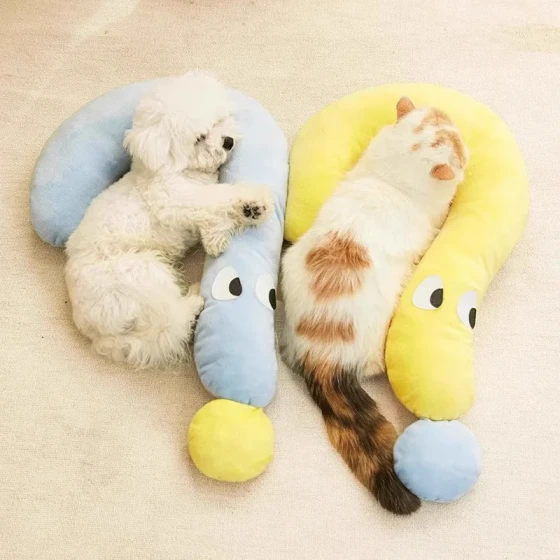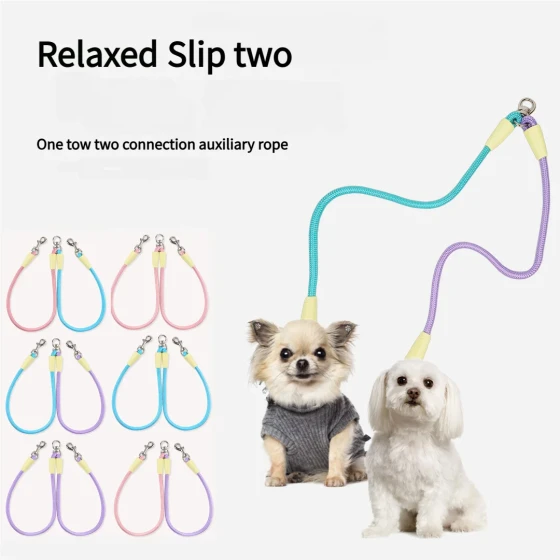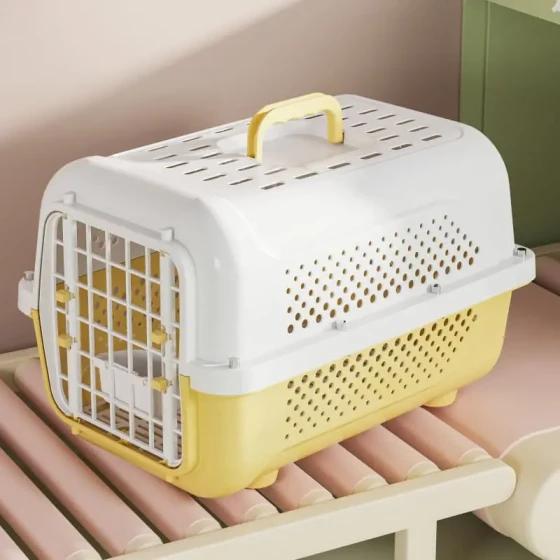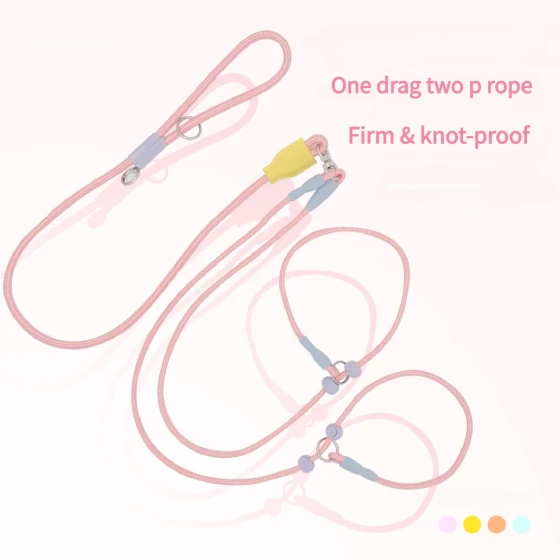How to Choose a Chinese Crested Dog (Hairless Dog)? What is the Price?
How to choose a Chinese Crested Dog (Hairless Dog)? What is the price? The Chinese Crested Dog is also known as the Chinese Crested, Hairless Dog, Naked Dog, etc. It is small in size, belonging to the small dog breed category, famous for its hairless body with hair only on the head and tail, and sparse hair on the legs. Many people find its appearance ugly, but many also like this breed. Let’s learn about the Chinese Crested Dog below.

The Chinese Crested Dog is one of the few hairless dog breeds in the world. It originated as a small toy dog in China. It is named the Chinese Crested Dog because the hair on its head resembles the Qing dynasty officials’ hats. It was introduced to the United States in 1975. It belongs to the toy dog category, small in size, generally no taller than 33 centimeters. Its skin color varies, with common patterns including black base with blue spots and pink base with coffee-colored spots. The Chinese Crested Dog is very clean, does not shed hair, has a gentle temperament, likes to be close to people, and is a great companion dog suitable for family keeping. It is also known as the Chinese Hairless Dog, Semi-Hairless Dog, Chinese Naked Dog, Chinese Edible Dog, Chinese Royal Naked Dog, Chinese Ship Dog, and other names, with various origin theories. The Chinese Crested Dog is not originally from China; the name was given by Westerners who thought its crest resembled the Qing dynasty official hats. There are various stories about this breed’s origin. Mexican canine scholars believe American hairless dogs come from China and quite specifically point to a transmission to America between 1580 and 1600. Some say it originates in Africa, evolving from African hairless dogs. Others think it came from Turkey, evolving from Turkish hairless dogs. Another theory says centuries ago, Chinese sailors and navigators brought this dog during their voyages, trading it with port merchants along the way, so it spread worldwide. Therefore, this dog breed can still be found in many ancient port cities around the world. Today, the Chinese Crested Dog is rare but still bred in the UK and the USA, highly regarded by local kennel clubs and dog associations. Some zoologists classify the Chinese Crested Dog as an African dog since many hairless mammals originate from Africa. The Chinese Crested Dog is a rare breed that intrigues geneticists. Although this dog is hairless, occasionally a hair-coated puppy appears in a hairless mother’s litter. Such hairy puppies are considered impure and discarded. Geneticists are still researching the mystery behind this. This dog is valuable because it is rare, and its strange appearance increases its worth. The hairless body with a tuft of long hair on the head looks very cute.

1. Temperament
The Chinese Crested Dog has a cheerful, lively, intelligent, brave personality with high alertness. It neither bites people nor is noisy. It is small in size, gentle, loves cleanliness, has no odor, looks beautiful, is affectionate and cute, can perform tricks, and is highly ornamental.
2. Suitable Owners
The Chinese Crested Dog does not need heavy exercise; just indoor walking, light hopping, or short walks are enough. But because it lacks hair on its body, its skin needs careful care. This dog is suitable as an apartment family companion pet.
3. Breed Standard
1. Body: Size: Ideal size is 11~13 inches. Of course, slightly larger or smaller is acceptable but should be judged overall. Proportion: Rectangular, body allowing free movement. Body length (shoulder to tail base) slightly longer than shoulder height. Bones are fine, build slim but not fragile. Should not appear strong or clumsy.
2. Head: Expression is alert and enthusiastic. Eyes: Almond-shaped, spaced apart. Dark dogs have dark eye color; light dogs have light eye color. Eye ring color matches dog color. Ears are large, erect, uncut.
3. Skull: The skull arches slightly from between the ears to the back of the head. Distance from back of head to stop equals distance from stop to nose tip. Viewed from above or side, the head is wedge-shaped. The stop is slight but distinct.
4. Muzzle: Cheeks taper gradually, giving the muzzle a clear cone shape.
5. Nose: Nose leather is dark on dark-colored dogs; light-colored dogs have light nose leather, but color should be consistent.
6. Lips: Lips are clean and neat.
7. Bite: Scissor bite. Missing teeth is a fault for powderpuff type; for hairless type, missing teeth are acceptable.
8. Neck, topline, body: Neck is inclined and clean, supporting the head from the shoulders, slightly arched. Topline slopes slightly toward the rear. Body: chest depth aligns with elbows. Sternum not prominent. Ribs well developed. From shoulders to waist, chest depth decreases. Waist is slender. Tail: Tail is thin and tapers at the tip. Tail length reaches the hock. When walking, tail wags happily or curls over the back.
9. Forequarters: Shoulder blades at 45 degrees backward. Shoulders tight and narrow. Elbows close to the body. Legs long, fine, straight. Wrists vertical, delicate yet strong. Dewclaws possibly removed. Feet hare-shaped, narrow with elongated toes. Toenails trimmed to medium length.
10. Hindquarters: Angulation: appropriate bend at the stifle. From hock to ground is vertical. Dewclaws may be removed. Feet same as forelegs.
11. Coat: Hairless type only has hair in a few body areas: head (called crest), tail (called tail plume), and forearms and hindarms (called socks). All hair is silky soft regardless of length. Hair location is less important than overall appearance; haired areas gradually thin out. The body is hairless all over, skin soft and smooth. The crest thins from the stop to the back of the skull, and from the skull to the nape area decreases gradually. Hair on the face and ears is allowed on hairless types but trimmed for neatness. Tail plume is at the tail’s lower end. Powderpuff type has a double soft silky coat. Close inspection reveals a short undercoat beneath a longer outer coat. Coat density and length are moderate and straight. Excessively heavy, twisted, or curly coat is a serious fault. Grooming aims for a clean and tidy appearance.
12. Color: Any color or combination of colors.
13. Gait: Lively, agile, smooth, without unnaturalness or clumsiness. Moves with a trot in a straight line both coming and going.
14. Temperament: Happy and alert.
15. Genetic Diseases: Hereditary diseases include skin allergies and tooth loss.

4. Breed Price
The price for ordinary, standard Chinese Crested Dogs is around 4000~5000 RMB. However, the purer and rarer the bloodline, the higher the price. Show-grade Chinese Crested Dogs can cost between 20,000 and 50,000 RMB. The market has many price levels, and prices vary greatly for each individual dog. When buying a Chinese Crested Dog, you should choose according to your financial ability and purpose of keeping. If it is kept as a normal pet with no high requirements for competition or bloodline, generally healthy dogs meeting the standards can satisfy your needs.
-560x560.webp)




